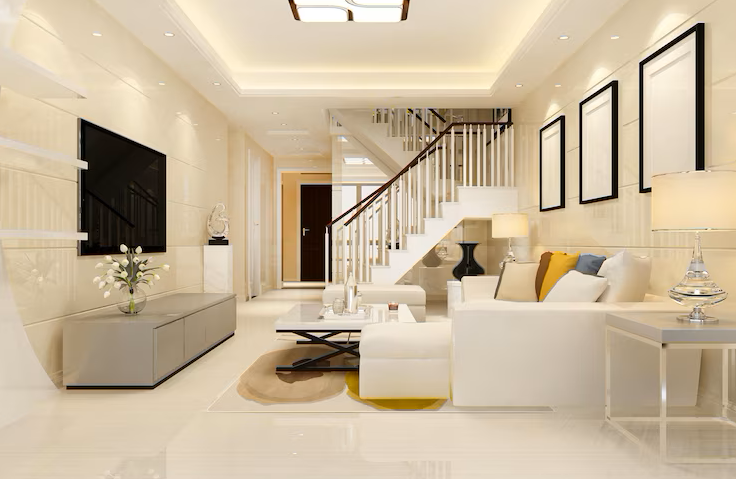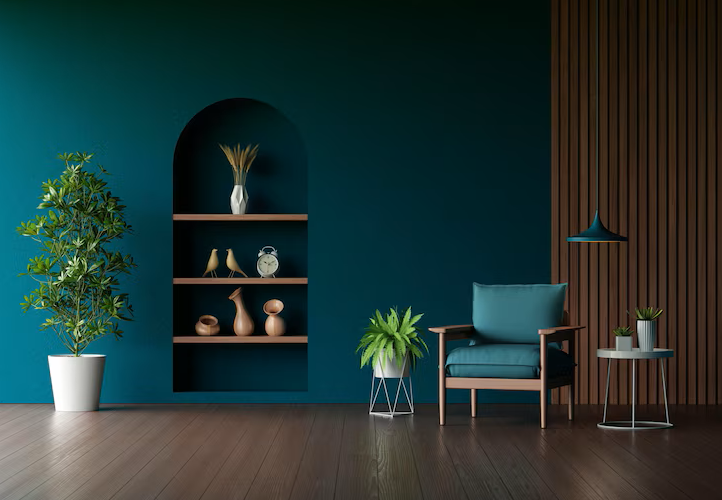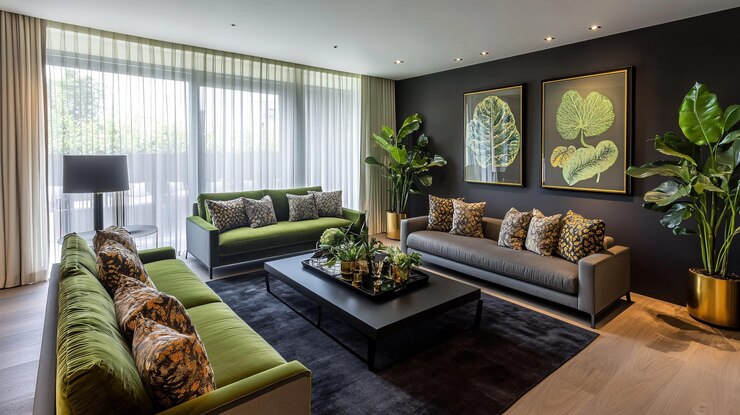The Art of Colour and Texture: Tips from Interior Designers in Chennai
Colour and texture are the secret language of interiors — they set mood, suggest function, and whisper a room’s personality before anything else does. For anyone looking to refresh a home in Chennai, understanding how colour and texture work together is essential. Below are practical, designer-tested tips (with the local climate and style sensibilities in mind) to help you get it right. If you’re searching for interior designers in Chennai, these are the principles they’ll use to make spaces feel polished, durable, and delightfully lived-in.
1. Start with light — both natural and painted
Chennai’s bright, tropical light affects how colours read. South-facing light can make colours look warmer; harsh sunlight can bleach delicate tones.
-
Choose base wall colours that handle sunlight well: warm neutrals, soft greys, or muted terracotta tones work reliably.
-
Use satin or eggshell finishes on walls — they’re easier to clean and show less wear than high-gloss, but reflect enough light to keep rooms feeling airy.
-
Reserve bold, deep colours for feature walls or architectural details rather than an entire room.
2. Build a colour story (three-tone rule)
Interior designers often work with a simple ratio: 60 / 30 / 10.
-
60% — Dominant colour: walls and large surfaces (neutral, calming).
-
30% — Secondary colour: upholstery, rugs, larger furniture.
-
10% — Accent colour: cushions, art, accessories — where you allow personality to pop.
Keeping the palette intentional makes small Chennai homes feel cohesive and larger. Pick one unifying hue and repeat it in different saturations and materials.
3. Layer texture deliberately
Colour is only half the story — texture supplies the tactile interest.
-
Start with large, steady textures: smooth painted walls, solid wood or polished tile floors.
-
Add mid-layer textures: linen curtains, cotton-upholstered sofas, jute or low-pile rugs. These hold up well to Chennai’s humidity.
-
Finish with fine textures: silk cushions, brass decor, hand-thrown ceramics, or embroidered throws.
Mixing soft + crisp + natural textures prevents a flat, one-note space. Designers in Chennai also like locally made textiles and crafts because they lend authenticity and durability.
4. Use local materials for climate-smart texture
Local materials not only look beautiful but perform well in Chennai’s climate:
-
Cotton and linen breathe in humid weather — perfect for curtains and bedding.
-
Terracotta and vitrified tiles keep floors cool; consider patterned tiles for a statement.
-
Teak, rosewood, or powder-coated metal work well for furniture; choose finishes that resist moisture.
Incorporating regional craft—block-printed cushions, Chettinad tiles, brass lamps—adds texture and a sense of place.
5. Balance bold colour with calming neutrals
If you love bright colours, use them as accents. A saturated sofa, a painted cupboard, or a colourful ceramic backsplash will energize a space without overwhelming it. Let neutral tones (ivory, warm grey, sand) carry most of the visual weight so the room stays restful.
6. Think about scale and repeat patterns
Small rooms need larger, simpler textures; busy patterns can make a space feel cluttered.
-
Repeat a motif (striped pillow, striped rug) in different sizes and proportions to create rhythm.
-
Use one patterned textile as the hero and coordinate the rest with solids that pick up tones from it.
7. Don’t forget finish contrasts
Matte vs. glossy, rough vs. smooth — contrasts in finish heighten texture without adding colour. A matte wall behind glossy tiles, or a raw wooden dining table beside polished metal lighting, creates a sophisticated interplay.
8. Consider maintenance and longevity
Chennai’s humidity and coastal air can be tough on interiors.
-
Select washable fabrics for high-use areas. Microfiber, treated cotton, and performance blends can look good and last longer.
-
For walls, choose paints with mildew-resistant additives if needed.
-
Avoid heavy, non-breathable upholstery in humid rooms.
9. Lighting — the invisible texture changer
Lighting changes colour and texture instantly. Layer your lighting with ambient (ceiling), task (reading lamps), and accent (spotlights, uplights). Warm LEDs bring out warm pigments; daylight bulbs preserve colour accuracy. Dimmable options are a designer favourite for flexibility.
10. Edit — the designer’s final move
Great interiors feel curated, not cluttered. After adding colours and textures, step back and remove one or two items. Space to breathe is as important as the elements you choose.
Colour and texture are tools, not rules. Whether you’re refreshing a single room or redoing an entire apartment, these tips reflect the practical aesthetics many interior designers in Chennai follow: respect the light, choose climate-smart materials, layer textures, and keep a cohesive palette. Want a room-by-room colour and texture plan tailored to your home in Chennai? Tell me the room (living, bedroom, kitchen) and a couple of colours you like — I’ll map out a simple scheme you can use or share with professional interior designers.




